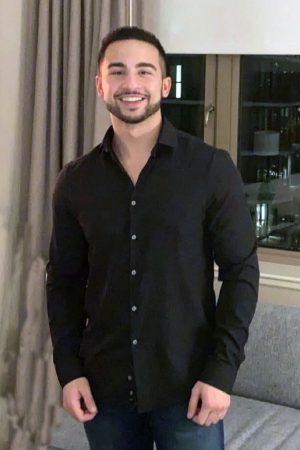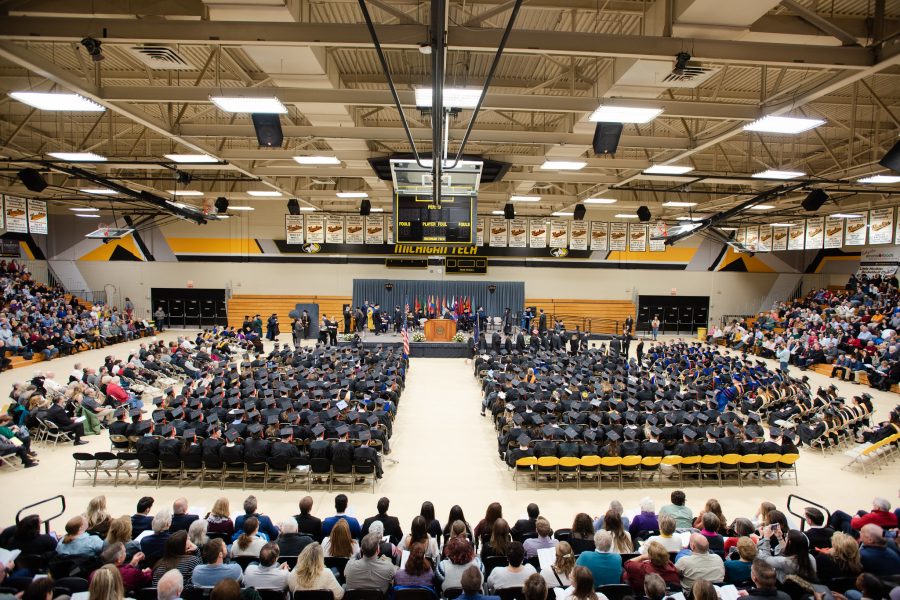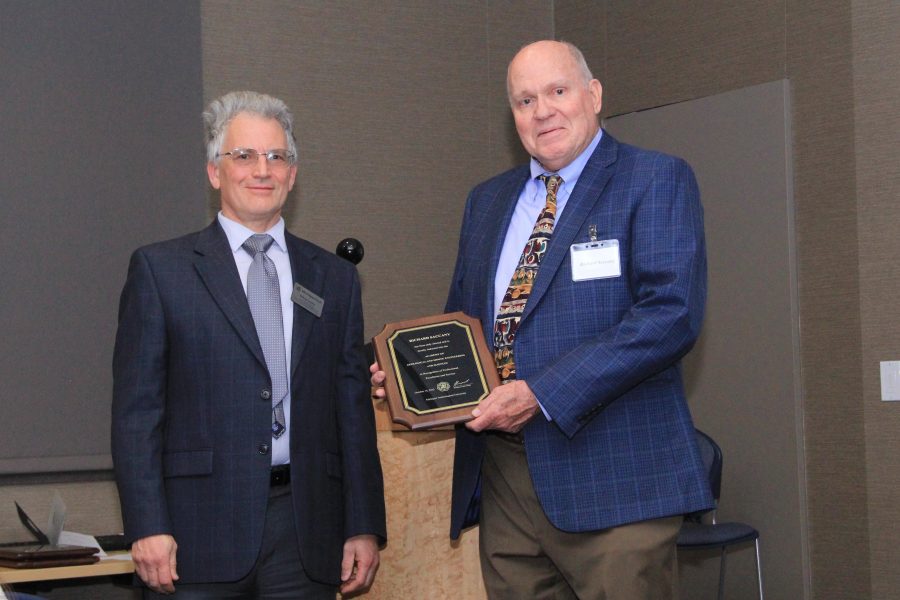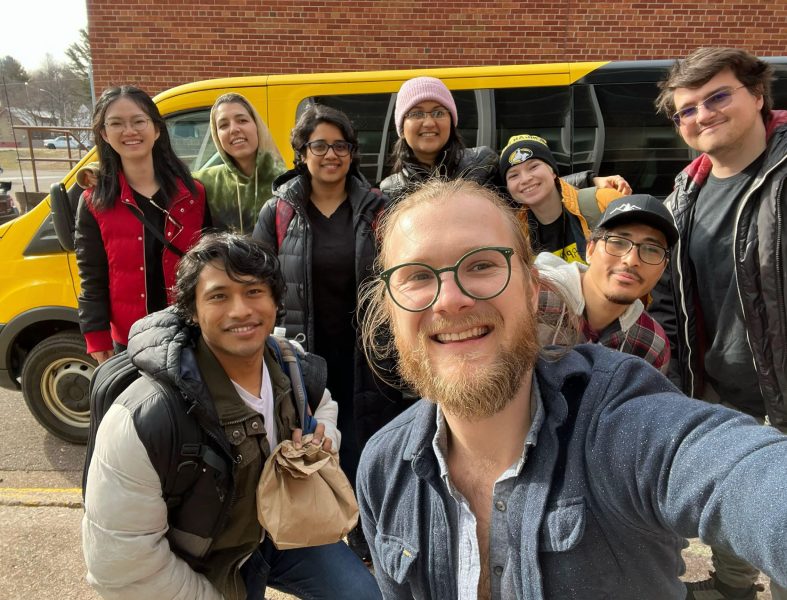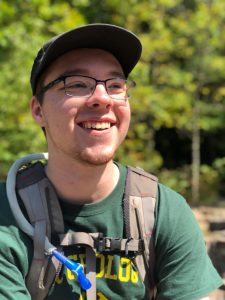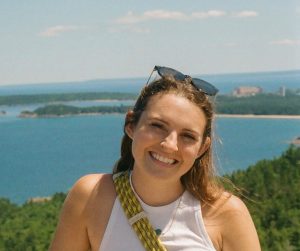It takes a lot of hard work, determination, and sacrifice to complete a college degree, and you have done it. Congratulations on your achievement!
The Department of Geological and Mining Engineering and Sciences offers our sincerest congratulations on your well-deserved success! This is a momentous occasion and a testament to your dedication and perseverance. You should feel proud of your accomplishments and the bright future that awaits you.
Doctorate of Philosophy Degrees Awarded
Bartel, Beth Ph.D. Geology, Advised by Greg Waite
@eatthecrust
Chakrapani Lekha, Vishnu Ph.D. Geological Engineering, Advised by Thomas Oommen
Ewing, Jordan Ph.D., Computational Science, and Engineering, Advised by Thomas Oommen
Master of Science Degrees Awarded
Anderla, Madeline MS Geological Engineering, Advised by Luke Bowman
Barth, Elana MS Geology, Advised by Chad Deering
She is joining AECOM in Cincinnati, Ohio.
Eshwar Reddy Sirigiri, Dharmasai MS Mining Engineering, Advised by Snehamoy Chatterjee
Gamet, Nolan MS Geology, Advised by James DeGraff
Kaminski, Caleb MS Geophysics, Advised by Aleksey Smirnov
He is joining PND Engineers in Anchorage, Alaska.
Langfield, Katherine MS Geology, Advised by James DeGraff
Lizzadro-McPherson, Daniel MS Geology, Advised by James DeGraff
He is working as a geospatial research scientist at the Great Lakes Research Center at Michigan Tech.
Ricchio-Hitchcock, Evan MS Geological Engineering, Advised by Snehamoy Chatterjee
He is joining Colliers Engineering & Design in Charlotte, North Carolina as a geotechnical engineer.
Rivera-Gonzalez, Paola MS Geology, Advised by Luke Bowman
Bachelor of Science Degrees Awarded
Anderson, Cole BS Mining Engineering
Carley, Michael BS Geological Engineering, He is joining Riverside Energy in Michigan as a production engineer.
Carpenter, Kolby BS Geological Engineering, He is joining Coleman Engineering as a geotechnical engineer.
Donajkowski, Clay BS Mining Engineering
Doud, Quin BS Geology, He is joining the Affordable Housing Development.
Gabriel, Aidan BS Applied Geophysics, He is joining RS&H in Asheville, North Carolina, working as a CEI inspector.
Goecker, Addison BS Applied Geophysics, She is continuing her education, accepting a full scholarship to the University of Utah’s Graduate School.
Klein, Peter BS Geological Engineering, He is joining Geoengineers in Springfield, MO, doing geotech work on pipeline projects.
Maxon, Jake BS Mining Engineering, He is joining Pogo Mine in Alaska to work as an underground mining engineer.
Ojala, Grace BS Applied Geophysics, She is continuing her education at the University of Denver for an MA program in archeology.
Searl, Jared BS Geological Engineering
Max Stange BS Geological Engineering, He is joining Freeport-McMoRan’s Chino Mine to work as a geomechanical engineer.
Undergraduate advisors: John Gierke, Jeremy Shannon, Nathan Manser, and Snehamoy Chatterjee
Take a moment to reflect on all you have accomplished and to thank those who have supported you along the way.
Congratulations again to the graduates, and best wishes for a bright and successful future!



